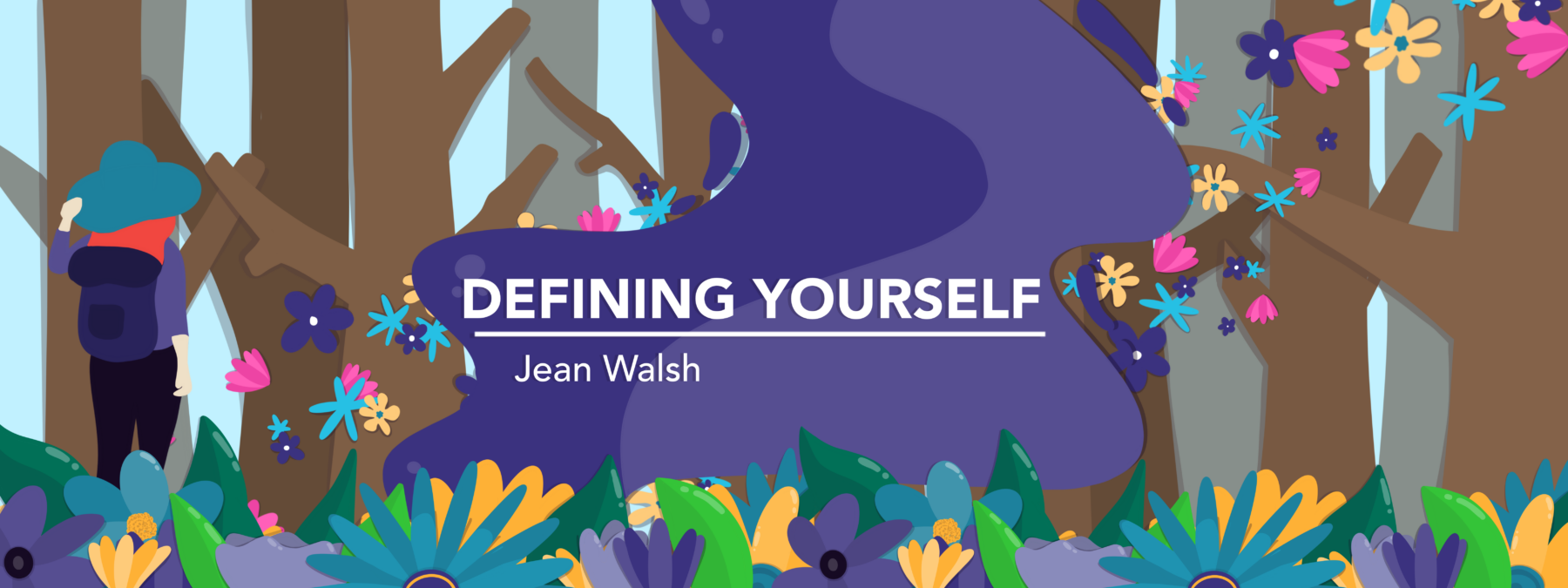This Rare Disease Day, I’m celebrating my community
I no longer feel alone in my battle against FA

Imagine standing on top of Mount Everest screaming “Help!,” but the wind is so fierce that your words blow back and no one hears you. Could people do anything if they did? That’s what being diagnosed with my rare disease, Friedreich’s ataxia (FA), felt like.
My parents and I were told in 1981 that FA had no treatment or cure, and I could expect physical degeneration, loss of multiple functions, and an early death. We received no resources. I don’t remember even being told that FA was a rare disease.
My family and I felt alone and powerless. We fumbled along trying to manage my health. We saw my FA medical team only once a year. I wasn’t connected to anyone fighting a similar battle.
A big rare disease community
We weren’t alone, but we didn’t know it. According to the National Organization for Rare Disorders (NORD), a disease is considered rare when it affects fewer than 200,000 people in the U.S. There are more than 10,000 known rare diseases affecting about 1 in 10 Americans.
A lot of people are fighting a battle like mine.
I can’t write about patients with FA (about 6,000 in the U.S.) without acknowledging the families, friends, colleagues, and more who also are profoundly affected. This is true for any rare disease.
Unbeknownst to my family at the time of my diagnosis, people were taking empowered steps to find cures and treatments for rare diseases like FA. In the early 1980s, a group of patients and advocates formed a coalition that eventually became NORD, and worked tirelessly to get the breakthrough Orphan Drug Act passed in 1983. The legislation essentially offers incentives for pharmaceutical companies to develop drugs for rare diseases.
I wish I had known about all of this. My cautious steps into adulthood would have been buoyed. I was 21 in 1983 and didn’t know what the Orphan Drug Act was. I might not have taken action, but knowing that my family and I had a community would have been a huge relief.
When I began seeing my current neurologist in 2002, he and his staff told me about the Friedreich’s Ataxia Research Alliance (FARA). It took me a while, but I eventually got involved with the nonprofit.
Getting involved with FARA was one of the best things I’ve ever done for myself. While there’s a lot about FA I can’t control, I don’t have to wait idly for someone to find a cure. I can help support research, ensuring that there’s a cure for future FA patients — or maybe even for me. Advancements in any rare disease buoy all rare disease patients.
FARA introduced me to Rare Disease Day, observed annually on the last day of February. Suddenly, my community grew from 6,000 FA patients to 30 million rare disease patients in the U.S. alone. That number increases exponentially when we include all the loved ones who are affected. Rare Disease Day is a way to celebrate this amazing global community.
You never want to be part of the rare disease community, because that means you or someone you love is sick. However, it is full of kind, strong, hardworking, resilient, and welcoming individuals.
My family and I no longer feel alone. That is huge. Yes, we still have many mountains to climb, but we’re not climbing them on our own. This Rare Disease Day, I celebrate that togetherness. Now I know that when I scream for help, I will be heard, and a helping hand is coming.
Note: Friedreich’s Ataxia News is strictly a news and information website about the disease. It does not provide medical advice, diagnosis, or treatment. This content is not intended to be a substitute for professional medical advice, diagnosis, or treatment. Always seek the advice of your physician or another qualified health provider with any questions you may have regarding a medical condition. Never disregard professional medical advice or delay in seeking it because of something you have read on this website. The opinions expressed in this column are not those of Friedreich’s Ataxia News or its parent company, Bionews, and are intended to spark discussion about issues pertaining to Friedreich’s ataxia.







Leave a comment
Fill in the required fields to post. Your email address will not be published.